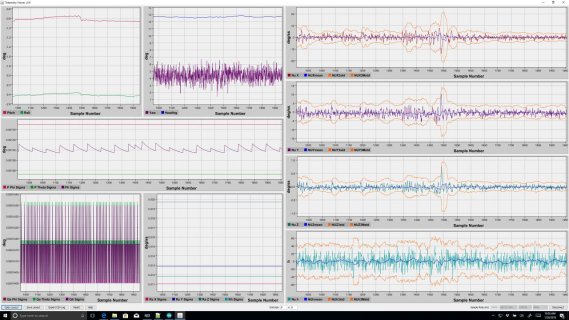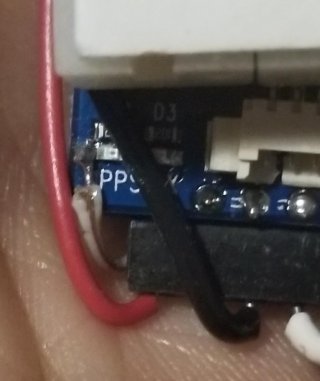defragster
Senior Member+
Good to hear it makes sense  - not always the case looking at something new. TThreads could eliminate some time wasted polling and assure all the filter/integration is done as often as needed without putting off the needed time for I/O. But with the IMU interrupt that isn't a problem. And given the GPS isr() code seems to work we could use that to work around excess polling as well without using TThreads. We could increase the Rx buffer to 128 bytes and call that a fixed time after StartBit based on baud rate and read the whole message at once and parse it.
- not always the case looking at something new. TThreads could eliminate some time wasted polling and assure all the filter/integration is done as often as needed without putting off the needed time for I/O. But with the IMU interrupt that isn't a problem. And given the GPS isr() code seems to work we could use that to work around excess polling as well without using TThreads. We could increase the Rx buffer to 128 bytes and call that a fixed time after StartBit based on baud rate and read the whole message at once and parse it.
I found the GpsImu.txt ... 7zip dropped it in 'current' folder - not the sketch subfolder where I looked - so I had the updated sketch for the edits posted above.
I'm happy I found Teensy! I started with some lesser 8 bit AVR's and no regrets since moving to PJRC. As you can see from my #posts I've been sort of neurotic about it - the PJRC quality and forum has made it a great way to get back into some coding.
I found the GpsImu.txt ... 7zip dropped it in 'current' folder - not the sketch subfolder where I looked - so I had the updated sketch for the edits posted above.
I'm happy I found Teensy! I started with some lesser 8 bit AVR's and no regrets since moving to PJRC. As you can see from my #posts I've been sort of neurotic about it - the PJRC quality and forum has made it a great way to get back into some coding.



